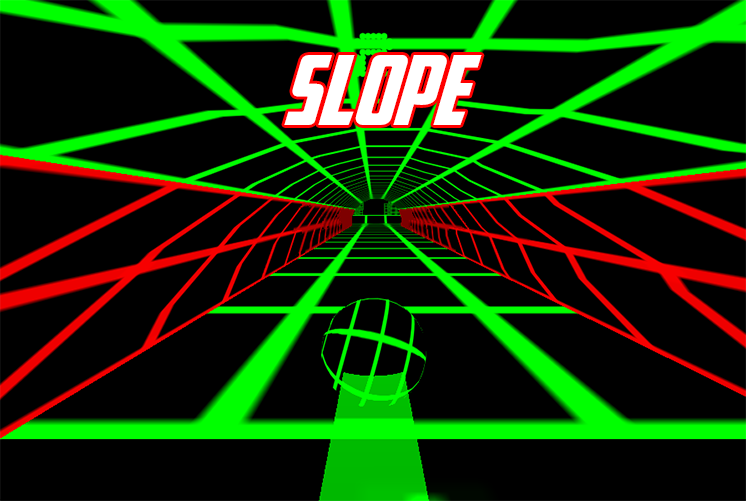

Pioneer Square station, located near the tunnel's southern end On March 23, 2019, bus service in the tunnel ceased and its remaining seven routes were moved to surface streets. Convention Place station was closed permanently on July 21, 2018, to make way for an expansion of the Washington State Convention Center that would also restrict bus access to the tunnel. A stub tunnel, branching from the main tunnel, was constructed under Pine Street to allow light rail trains to stop and reverse direction it was later used as the first segment of a light rail extension to Capitol Hill and the University of Washington that opened in 2016. The tunnel reopened on September 24, 2007, and light rail service began on July 18, 2009. New hybrid electric buses were moved into the tunnel to replace the Breda fleet, as the overhead wire was replaced for light rail trains. The roadway was lowered by 8 inches (20 cm) and other improvements were made to prepare for light rail service. The tunnel was closed on September 24, 2005, for modification to accommodate both buses and Sound Transit's Central Link (now the 1 Line) light rail trains with shared lanes and platforms. For the next several years, until June 2004, service in the tunnel was provided exclusively by dual-mode buses, which ran as trolleybuses in the tunnel – like the city's extensive trolleybus system – and as diesel buses on surface streets and freeways. Soft openings and public previews of the five tunnel stations were held from August 1989 to September 1990, with regular bus service beginning on September 15, carrying 28,000 daily passengers in its first year of operation. Light rail tracks were installed in anticipation of future rapid transit service through the tunnel, but were later found to be poorly insulated and unusable for Link light rail. Tests of normal buses and the Breda dual-mode buses built specifically for tunnel routes began in March 1989 tunnel construction was declared complete in June 1990, at a cost of $469 million. The segment from Westlake to the International District was bored with two tunnel-boring machines, heading north from Union Station and finishing within a month of each other.

The tunnel between Convention Place and Westlake stations was built using the cut-and-cover method, closing Pine Street for 19 months and disrupting access to the retail core. The King County Metro Council approved the bus tunnel proposal in November 1983, but construction did not begin until March 1987. Though proposals for a rapid transit tunnel under 3rd Avenue were introduced in the 1910s and 1920s, planning for the modern bus and rail Metro Bus Tunnel only began in 1974. The Downtown Seattle Transit Tunnel was one of two tunnels in the United States shared by buses and trains, the other being the Mount Washington Transit Tunnel in Pittsburgh, and was the only one in the United States with shared stations.
#TUNNEL RUSH 76 GAMES FULL#
It was owned by King County Metro and shared with Sound Transit through a joint-operating agreement signed in 2002 Sound Transit assumed full ownership in 2022. Bus routes from King County Metro and Sound Transit Express left the tunnel north via Interstate 5, south via the SODO Busway, or east via Interstate 90. The DSTT was used only by buses from its opening in 1990 until 2005, and shared by buses and light rail from 2009 until 2019. 1 Line trains continue north from the tunnel to Northgate station and south through the Rainier Valley past Seattle–Tacoma International Airport to Angle Lake station as part of Sound Transit's light rail network. It runs west under Pine Street from 9th Avenue to 3rd Avenue, and south under 3rd Avenue to South Jackson Street.

The double-track tunnel and its four stations serve Link light rail trains on the 1 Line as it travels through Downtown Seattle. The Downtown Seattle Transit Tunnel ( DSTT), also referred to as the Metro Bus Tunnel, is a 1.3-mile-long (2.1 km) pair of public transit tunnels in Seattle, Washington, United States.


 0 kommentar(er)
0 kommentar(er)
